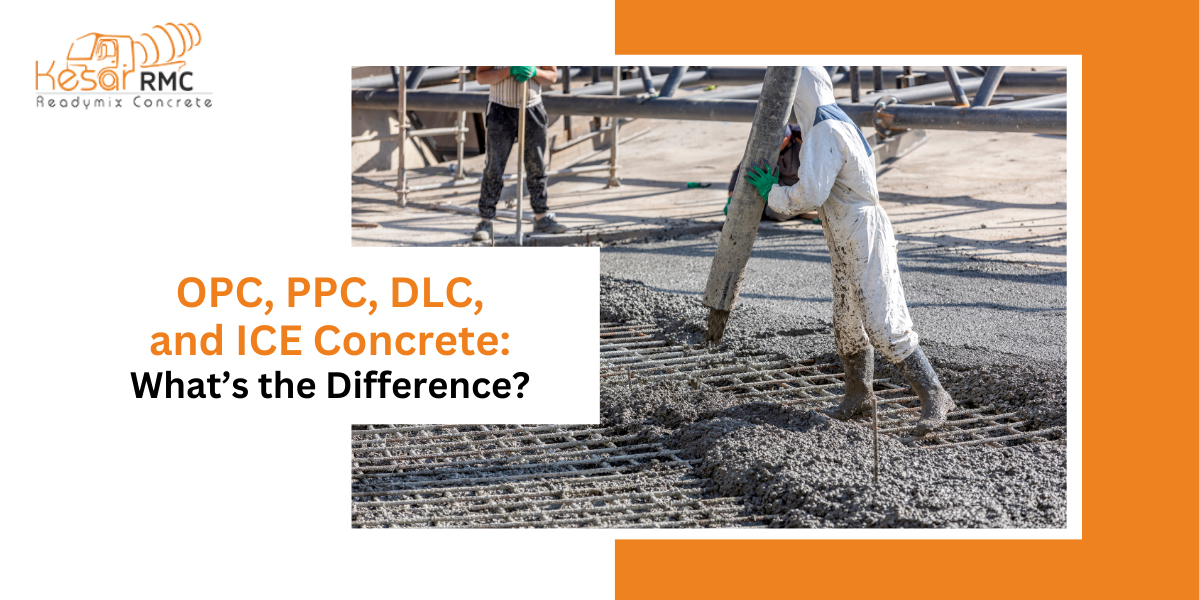
When it comes to construction, the quality of materials used can make a significant difference in the durability and strength of the structure. One of the most critical materials is concrete, and how it is mixed can impact the overall outcome of the project.
What is Ready Mix Concrete?
Ready mix concrete (RMC) is a type of concrete that is manufactured in a factory or batching plant according to a set recipe and then delivered to a work site by truck-mounted transit mixers. This type of concrete is precisely mixed to meet specific project requirements and is ready to use upon arrival.
What is Manual Concrete?
Manual concrete, on the other hand, is mixed on-site using raw materials like cement, sand, aggregates, and water. The mixing is done manually by workers using tools like shovels and mixers. The quality of the mix can vary depending on the skill of the workers and the conditions at the site.
Key Differences Between Ready Mix Concrete and Manual Concrete
Consistency and Quality
Ready Mix Concrete: RMC is mixed in a controlled environment with precise measurements, ensuring a consistent and high-quality mix every time. This leads to stronger and more durable structures.
Manual Concrete: The quality of manual concrete can vary greatly, depending on the skill of the workers and the accuracy of the measurements. This inconsistency can result in weaker structures.
Time and Efficiency
Ready Mix Concrete: RMC is delivered ready to use, which saves a significant amount of time on the construction site. It allows for faster project completion and reduces labor costs.
Manual Concrete: Mixing concrete manually is time-consuming and labor-intensive. It can delay the construction process and increase overall project costs.
Cost-Effectiveness
Ready Mix Concrete: Although the initial cost of RMC might be higher than manual mixing, it is more cost-effective in the long run. The consistent quality reduces the risk of errors and costly repairs.
Manual Concrete: While manual mixing might seem cheaper at first, the potential for errors and rework can increase the total cost of the project.
Environmental Impact
Ready Mix Concrete: RMC is mixed in a controlled environment, reducing waste and minimizing the environmental impact. Additionally, the use of transit mixers ensures that only the required amount of concrete is delivered, reducing excess.
Manual Concrete: Manual mixing often results in more waste due to inaccuracies in measurements, leading to a higher environmental impact.
Differences Table
| Aspect | Ready Mix Concrete | Manual Concrete |
|---|---|---|
| Quality | Consistent and high quality | Varies, can be inconsistent |
| Time | Fast, ready to use | Slow, labor-intensive |
| Cost | Cost-effective long-term | May lead to higher overall costs |
| Waste | Less waste, eco-friendly | More waste, less eco-friendly |
Which is Better for Your Project?
For most construction projects, ready mix concrete is the better choice due to its consistency, quality, and efficiency. It is especially ideal for large-scale projects where precision and speed are crucial. While manual concrete mixing might still be suitable for very small or simple projects, the potential risks and disadvantages make RMC the preferred option for most builders and contractors.
Why Choose Kesar RMC Dahej?
Kesar Dahej RMC offers top-quality ready mix concrete for all types of construction projects. Our concrete is mixed carefully in our RMC plant in dahej and delivered right to your site on time. If you need reliable and timely ready mix concrete in Dahej, contact Kesar RMC Dahej.


